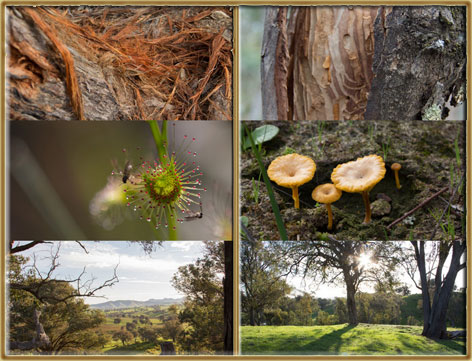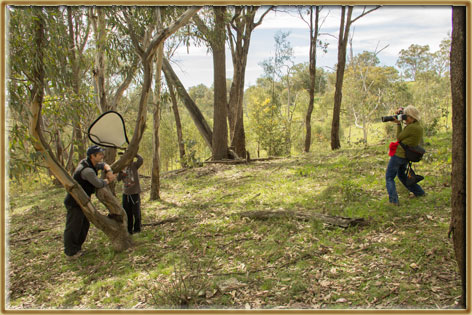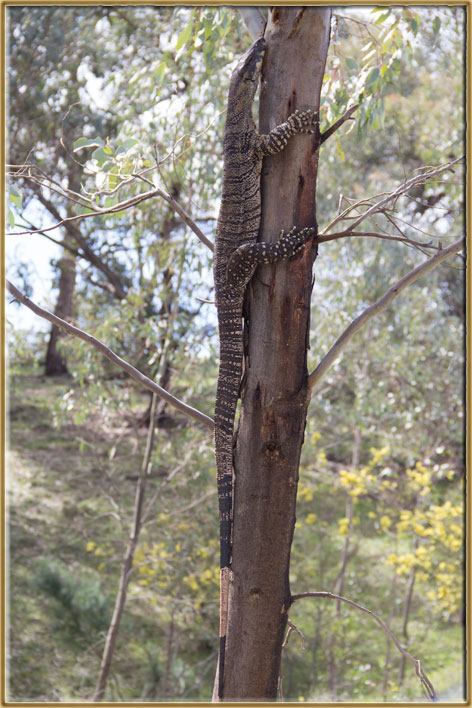Dr Ken Walker on tour
/Wow, what a week! Dr Ken Walker's visit to our area is going to be pretty hard to summarise, but here goes ...
Over three very busy days last week Dr Walker very generously gave five public presentations, ran two school group activities, was featured in three local media stories and even made it along to a BBQ dinner. To what end, you might ask? Anyone who heard him speak on about native Australian bees and/or BowerBird.org.au will tell you Dr Walker is not only passionate about sharing and engaging everyone in science, but he's helped to make it easy to do so.
Dr Walker's talks on native bees captivated and challenged those present to think beyond European honey bees, and to appreciate the many adaptations and co-evolution of the 2,000 or so native bee species with Australian native plant species. And boy, did he have some amazing photos, videos and facts to wow audiences with.
At the events at Wirraminna, Wangaratta (daytime) and Frayne College, participants also had a chance to get out in the field with Dr Walker. At Frayne, he challenged students to find a Eucalypt leaf without any insect damage. In the process, the students found all sorts of critters, eggs, larvae, galls, flies, wasps, spiders, and much more ... most of which were captured in photos to be added to the BowerBird website. Students and adults alike learnt from Dr Walker's techniques with a bug net, as well as his prowess at identification and recall of scientific names!
Image: some photos from Dr Walker's visit to Frayne College, Baranduda.
Click here for more shots from this event.
Even at the events where there wasn't a chance to 'get out amongst it', Dr Walker encouraged all participants to keep their eyes peeled and to share what they see using the BowerBird website. He outlined a number of sightings made by members of the public and uploaded to BowerBird, where new species or indeed evidence of 'not previously recorded' species, have been identified thanks to the efforts of 'citizen scientists'. If this grabs your fancy, you can also check some of them out on the Bowerbird facebook page -https://www.facebook.com/BowerBirdAus.
As a result of Dr Walker's visit, there are some new local projects on the BowerBird site including two for sightings in specific locations, namely Wirraminna Environmental Education Centre at Burrumbuttock and the National Environment Centre at Thurgoona; and one for any sightings in gardens or locations around Albury-Wodonga for members or followers of Seed Savers Albury-Wodonga. You can follow them via those links, or use the detailed instructions here to create your own BowerBird account and tailor what you follow according to your own interests.
Many, many thanks to Dr Ken Walker for entertaining, enthralling and enthusing us! Thanks as well to all who participated, and to the organisations and individuals that supported and hosted Dr Walker's visit.
And be sure to check out BowerBird.org.au to add your sightings to contribute to the 'citizen science' side of our collective knowledge.









